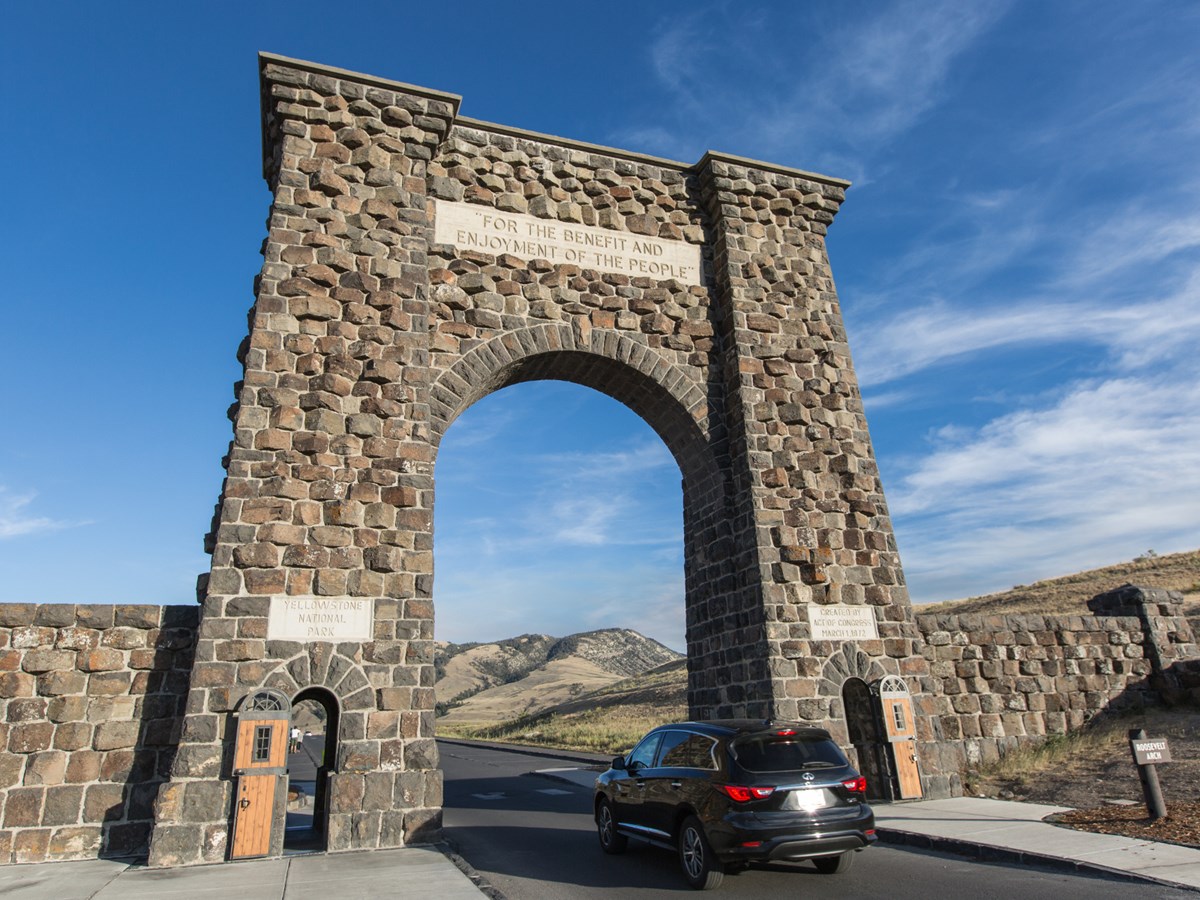Whether or not our National Parks are “America’s best idea”, it’s undeniable that they’re a uniquely American invention. They also offer a uniquely American image of democracy.
I don’t mean that in any direct sense; physical landscapes, wildlife, and ecosystems don’t appear “democratic”, at least not to the casual observer. Instead, it is the origin and purpose of the Parks that provide us with a simple, yet powerful, image of democracy, while the variety and grandeur of the Parks serve to bring this picture home in a way nothing else on earth can.

In 1916 the same “Organic Act” that established the National Park Service laid out the “fundamental purpose” of the National Parks: “to conserve the scenery and the natural and historic objects and the wild life therein and to provide for the enjoyment of the same in such manner and by such means as will leave them unimpaired for the enjoyment of future generations.”
The law enshrined in statute words that had already stood over the northern entrance to Yellowstone for more than a decade: the Parks were for “the benefit and enjoyment of all the people”–not just the wealthy who could afford to buy special vacation spots or mineral concessions, not just long time citizens, not just people of one race or creed, but all the people.
The National Parks might not be “of the people”–only nature could create Crater Lake or the Grand Canyon. But they certainly qualify as being “by the people” and “for the people.” If you’re ever lucky enough to visit one, you’ll find it difficult to avoid being impressed by all three.

